Search Results for Tag: NASA
Can environmentalists trump Trump’s climate plans?
When it comes to the latest data on the state of the Arctic sea ice, the Greenland ice sheet or other key features of the cryosphere, the chances are NASA will have been involved in providing it. For those of us interested in protecting our icy regions against climate change, US President-elect Donald Trump’s plan to scrap NASA’s climate research and shift the funding to space exploration is alarming, to say the least.
Why the world needs NASA – not just for space
Two of my colleagues at DW talked to leading scientists about Why Trump scrapping NASA climate funding is bad news for our planet. Thomas Hollands from the German polar agency the Alfred Wegener Institute explains the essential role played by NASA’s network of satellites in providing data for climate researchers the world over.
“Scientists around the world depend on NASA for a variety of information – from measuring the state of the Earth’s atmosphere and the shape of its gravity field, to observations on glacier melting, sea ice formation, forest loss and urban growth”, the article says. It goes on to explain how important it is to have continuous measurements over time to be able to establish trends and changes.
Presumably, of course, if the Trump administration makes good on election promises to revive the US coal industry, there are those who would find it advantageous to get rid of any technology that can measure the extent of the impact of fossil fuel emissions on the world’s climate. A scenario to be avoided at all costs.
Fighting back
So I was interested to read a piece on the news agency AP this week headlined “Trump rollback of Obama climate agenda may prove challenging”. I hope “challenging” will turn out to be an understatement.
The story, by Michael Biesecker, says a President Trump would be in a strong position to dismantle some of President Obama’s efforts to reduce carbon emissions:
“But experts say delivering on campaign pledges to abolish the Environmental Protection Agency and bring back tens of thousands of long-gone coal mining jobs will likely prove far more difficult for the new president”, Biesecker writes.
Environmental groups are gearing up to defend Obama’s environmental legacy in court. Sierra Club Executive Director Michal Brune is quoted as saying “we intend challenging every single attempt to roll back regulations on air, water and climate”, and that his group is already hiring additional lawyers. It does not surprise me that fundraising for environmental causes has also spiked since Donald Trump’s victory.
The question is just how much the President is able to do and what tools are available to opponents to stop him.
The powers of the President
Many legal experts believe Mr. Trump would be able to cancel the Paris Climate Treaty, as he threatened to do when he was campaigning (although his stance has shifted slightly in the meantime). It is not a treaty and was not approved by the (Republican-controlled) Senate. The future president could also order the EPA – where the transition team is being led by a climate skeptic leading a think-tank funded by the fossil fuel industry – not to take the action required to meet the US commitment to cut emissions.
It seems, though, that it is not that easy to dismantle EPA regulations which have already been finalized and implemented. Jody Freeman, director of the environmental law program at Harvard Law School, is quoted as saying “the agency has already built up a very strong record to support those rules”. Ultimately, “it can be very hard to do an about-face.”
From the legal point of view, the President cannot get rid of the EPA without congressional approval – which could be prevented by filibustering. (He could, of course, slash its budget).
When it comes to abolishing NASA’S climate research programme, Mr Trump will also find himself facing some tricky hurdles.
“NASA’s study of earth science is currently mandated by federal law, which means voiding the program would require congressional action”, AP writes. That too means Democrats could block things using a filibuster.
What happened to common sense?
Ideally, common sense and concern for the wellbeing of people and the health of the planet we live on should ensure that Obama’s environmental and climate policies are not turned around. The advances in renewable energy also mean it makes economic sense to shift away from fossil fuels to wind and solar. In fact, it seems the courts will have to tackle the ins- and outs in lengthy and costly investigations.
This past week, in the USA, a group of American youths officially won the right to sue the government of the United States – the world’s second-largest greenhouse gas emitter after China – for failing to curb climate change. The Oregon district court upheld the main argument, that “the government has known for more than 50 years that the carbon dioxide produced by burning fossil fuels was destabilizing the climate system in a way that would significantly endanger plaintiffs, with the damage persisting for millennia.” Yet, the court argues, the government has failed to take action, making it responsible for some of the harm caused by climate change.
Here in Germany, there is also a court case in process, which could set a precedent. A farmer and mountain guide in the Peruvian Andes is suing the German energy giant RWE. Saúl Lliuya from Huaraz says his home is at risk of flooding, as it lies beneath a melting glacier in the Andes mountains. He argues that the company’s coal power emissions contribute to climate change, and so RWE should have to pay a share of measures to protect his home. But RWE says there is no direct link connecting CO2 emissions to the danger of flooding. Lliuya is being supported by the environmental organization Germanwatch. In my Living Planet radio show this week I broadcast an interview with the organisation’s policy director, Christoph Bals.
The plaintiff’s argumentation is that because RWE has produced 0.5 percent of all global emissions since the industrial revolution, the company should at least pay 0.5 percent of the measures to protect the farmer and his home town from flooding as the glacier above it continues to melt. Bals sees it as a major achievement that the case is being dealt with in the German court as one that could set a precedent. Even if the lawyers are not able to prove a direct link and win the case, he says getting to this stage is a demonstration that it is possible to go to court against companies like RWE on climate grounds.
“From now on this is one of the options on the table. I am sure that as soon as we see in the world that we will not stay below two degrees or 1.5 as said in the Paris Agreement, those cases will be much more likely – and it will be much more likely also that the individual court will decide you are right. So for the future this would be one major option if we don’t get a political solution”.
There has to be some food for thought in there for Mr. Trump and his advisors. Interesting times, indeed. And environment and climate advocates have their own trump cards in their hands.
New report sees Arctic melt on course to tip global climate
Scientists say the Arctic archipelago of Svalbard has seen such extreme warmth this year that the average annual temperature could end up above freezing for the first time on record. Ketil Isaksen of the Norwegian Meterological Institute said today the average temperature in Longyearbyen, the main settlement in Svalbard, is expected to be around 0 Celsius with a little over a month left of the year. He called the abnormal warmth “shocking” and beyond anything he could have imagined 10 years ago. The normal yearly average is minus 6.7 C.
And that is not the only shocking thing going on up north. The Arctic sea ice is melting in November. Temperatures in the region are 20 degrees Celsius above usual. Reindeer are dying across Siberia. Polar bears are stranded on land. It’s hard to keep up with the extent and speed of climate change in the far north of the planet. And we in the media have to be aware of the danger that the reports become so commonplace the “new normal” no longer arouses interest.
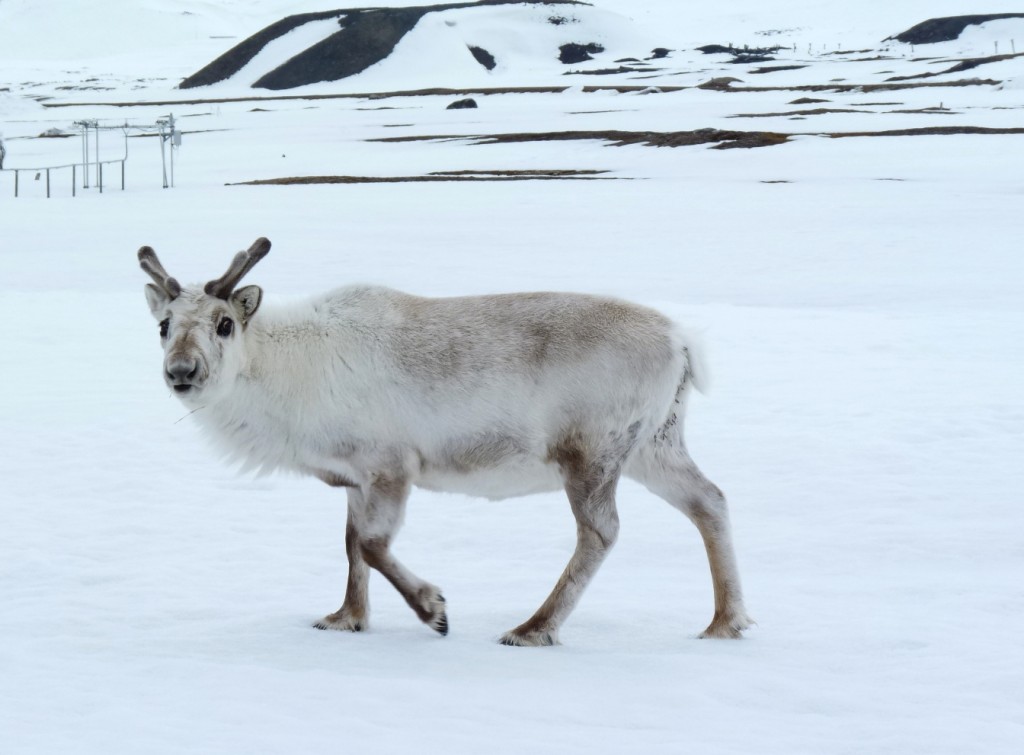
Svalbard’s sturdy reindeer are adapting to climate change. In Siberia, thousands of animals have died of starvation. (Pic: I.Quaile)
Warming, warming, hot
Yet the ever faster melting of our Arctic ice could spell disaster even for distant regions of the planet. What happens in the Arctic doesn’t stay in the Arctic, as discussed here on the Ice Blog many times before. But a new, key report launched today indicates that the effects of increasingly rapid Arctic warming could be set to push global climate change out of control.
The Arctic Resilience Assessment (ARA) is an Arctic Council project led by the Stockholm Environment Institute and the Stockholm Resilience Centre. It is based on collaboration with Arctic countries and Indigenous Peoples in the region, as well as several Arctic scientific organizations. The ARA (previously Arctic Resilience Report) was initiated by the Swedish Ministry of the Environment as a priority for the Swedish Chairmanship of the Arctic Council (May 2011 to May 2013) and is being presented under the US Chairmanship. It aims to synthesize knowledge on Arctic change and how people and the ecosystem are coping with it, bringing the wide range of different factors together.
“Environmental, ecological, and social changes are happening faster than ever in the Arctic, and are accelerating. They are also more extreme, well beyond what has been seen before. This means the integrity of Arctic ecosystems is increasingly challenged, threatening the sustainability of current ways of life in the Arctic and disruption of global climate and ecosystems”, the report says.
Beyond the tipping point
The researchers issue a stark warning: “Some changes are so substantial (and often abrupt), that they fundamentally alter the functioning of the system: an ecological “tipping point” has been crossed. The report examines 19 of these “tipping points” or “regime shifts”, as they are also known: “They affect many ecosystem services that are important to people within and outside the Arctic: from regulating the climate, to providing sustenance (e.g. through fishing)”, the experts tell us.
“The consequences of some of these shifts are likely to be surprising and disruptive – particularly when multiple shifts occur at once. By altering existing patterns of evaporation, heat transfer and winds, the impacts of Arctic regime shifts are likely to be transmitted to neighbouring regions such as Europe, and impact the entire globe through physical, ecological and social connections”, the report says.
The tipping points discussed in the report include the replacement of white ice and snow, which reflect heat back into space, by darker green vegetation or ocean water, which absorbs more heat, higher releases of methane and changes to ocean circulation and so weather patterns around the globe caused by an influx of melting snow and ice.
Major impacts inevitable?
Johan Rockström, director of the Stockholm Resilience Centre and co-chair of the five-year study said in a statement: “If multiple regime shifts reinforce each other, the results could be potentially catastrophic.… The variety of effects that we could see means that Arctic people and policies must prepare for surprise. We also expect that some of those changes will destabilize the regional and global climate, with potentially major impacts”.
The report stresses that many of the changes and feedback effects in process are poorly understood and in need of much more research.
“Arctic ecological protection is now a global concern, and worldwide monitoring is inadequate”, the authors write.
Political “regime shift”?
To reduce the risk of these tipping points, strong action would have to be taken to mitigate climate change, the authors conclude. Aha. Now there’s the rub.
In the Guardian, Fiona Harvey notes the report comes at a critical time in politics, with Donald Trump’s announcement this week that he plans to take away NASA’s budget for climate science and put it into space exploration. She quotes Marcus Carson of the SEI, co-editor of the report:
“That would be a huge mistake…It would be like ripping out the aeroplane’s cockpit instruments while you are in mid-flight”.
If Mr. Trump also makes good his pledge to revive the US coal industry and abandon the Paris Climate Agreement, the chances of halting warming and the climate feedback mechanisms which could spell disaster would seem to be melting away along with that Arctic ice. Not so tasty food for thought this weekend. Well, I could distract myself by getting out the lawnmower. It has been so warm here this week the birds are chirping like spring and the grass has started to grow again.
“An airborne mission for earth’s polar ice”

(Aerial view of Svalbard, one of my pics, iq 2007)
A lot of our information on the state of the ice cover in the Arctic and Antarctic comes from measurements from NASA. This week they invited journalists to a (climate-friendly internet-based) briefing on the progress of the IceBridge mission, which they describe as “an airborne mission for earth’s polar ice”.
A lot of it is about the technical procedures involved, so if you’re generally interested in how data gets collected by scientists flying over Antarctica (and the weather and work conditions down there) this is an interesting site to look at. There is also a blog from members of the team. They are in the Antarctic at the moment, but there is also info on the worrying state of the Arctic sea ice based on the latest measurements on the site.
Tomorrow (Thursday) they will be running a live chat on their findings so far, details on that website if you’d like to join in.
Of Extreme Weather and a Time Machine
Thank you Dr. Koko Warner for a long and very informative comment on the Ice Blog.
(See comment to last entry. It’s hard to read a long entry like that in the blog comment small print, so I suggest copying and pasting into your usual text editing programme. It’s well worth an attentive read and has more references for further reading).
You certainly give us plenty of food for thought about the implications of climate change in terms of migration and the challenges of developing the mechanisms to cope with them. Let me just quote one section here:
“By 2050 when human population is projected to peak, some 9 billion people will live on Earth. The majority of them will live in urban areas with crushing environmental footprints. Many megacities are located in areas prone to sea level rise.Climate change will visit urban and rural areas alike with incrasingly frequent and violent hazard events. Flooding, intense storms, or droughts (…)Mitigation of greenhouse gases will likely be insufficient to avoid global temperature increases of 2°C or more, making adaptation a necessity at all scales.”
And that brings to me to the “Extreme Weather Congress”, taking place in Bremerhaven, Germany, at the moment. The organiser, Frank Böttcher, draws attention to the fact that climate change is happening far faster than most of the models have been predicting. He calls for a rapid shift to renewable energies.
More about the congress online
At the same time, a group of environment and development organisations have sent an open letter to the heads of the EU countries, warning them not to neglect the climate crisis because of the current financial crisis. They say financial support for the countries hardest hit by climate change is a moral obligation.
With the next round of UN negotiations taking place in Bonn at the end of March and an EU summit meeting earlier next month to agree on the EU’s position for the Copenhagen climate conference at the end of the year and the next UN climate agreement, it’s certainly a good time to launch this kind of initiative. Here’s hoping the open letter will get the attention it deserves.
I’m having a few days off during Germany’s Karneval holiday here. Let me leave you faithful Ice-Blog followers with a link to a marvellous “Climate Time Machine” I’ve found, created by NASA.
NASA climate change site
Click on the Climate Time Machine on the right-hand bar for brilliant visualisation of how key factors such as sea ice, sea level, Co2 emissions and, global temperature have changed in recent history.
"Things are happening much faster in the Arctic"
That’s a quote from David Barber, an Arctic climatologist at the University of Manitoba, speaking to IPS at the International Arctic Change conference in Quebec, Canada.
Read the whole article here
He thinks the Arctic will be ice-free in summer by 2015. And he’s not alone in thinking that.
Even the worst-case scenarios looked at by the IPCC didn’t consider that possibility for another 50 to 70 years.

The latest NASA satellite data also indicates continuing rapid ice melt. More than 2 trillion tons of LAND ice in Greenland, Antarctica and Alaska have melted since 2003, more than half of it in Greenland. This is all based on measurements of ice weight by NASA’S GRACE satellite. More figures will be released in San Francisco later today, at the American Geophysical Union conference in San Francisco.
AGU website with more info
You’d think hard evidence like that using the best technology we have would convince even the staunchest sceptics and provoke action. I often tend to think it will. Normally I say I’m a born optimist. But is it optmistic to think people will be convinced by potentially catastrophic data?
That’s a question for the philosophers.
Meanwhile the World Meteorological Organization has said the past 12 months have been cooler than previous years, but longer-term trends show the world is still warming because of climate change. The MTO explain the slight dip in temperature by a La Nina event. And the organisation is concerned about the ice in the Arctic Sea having dropped to its second-lowest level during the melt season since satellite measurements began in 1979.
More on the WMO website
So in the light of all that, what do you make of the outcome of the Poznan conference and the EU’s latest climate of climate measures?




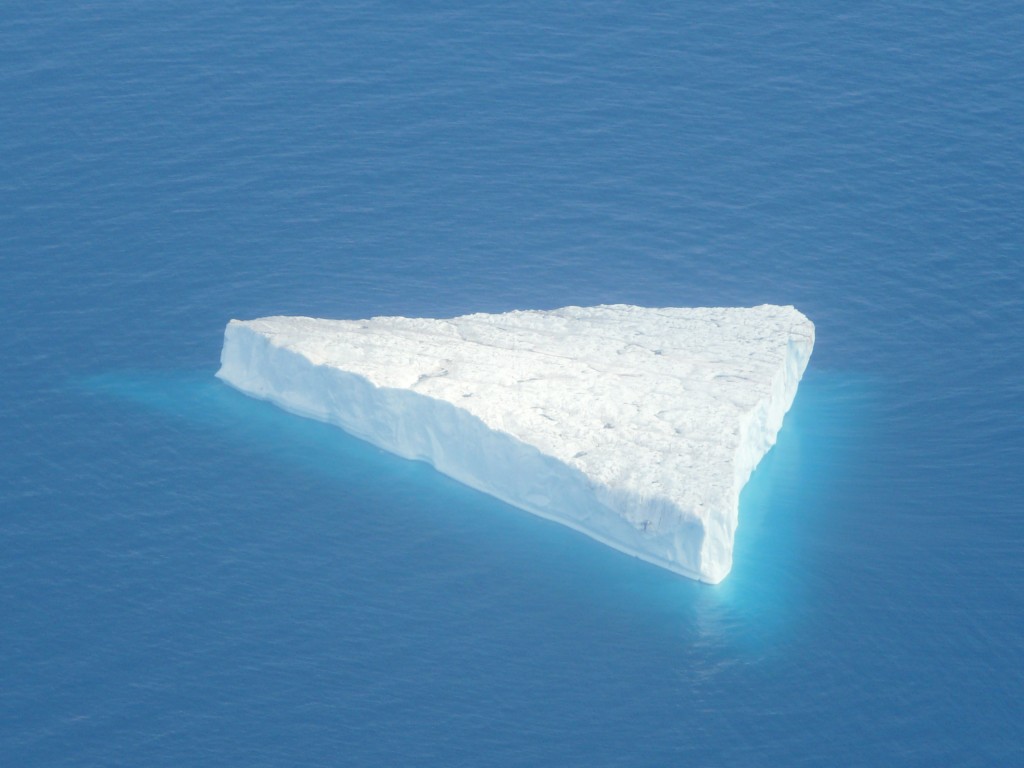

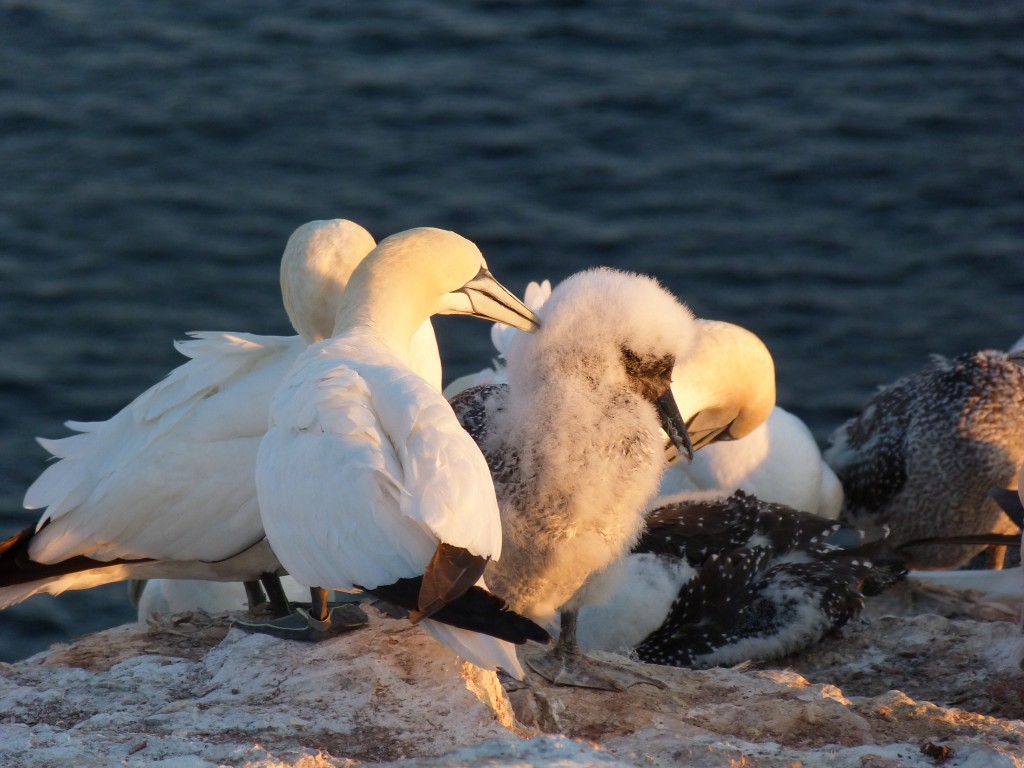

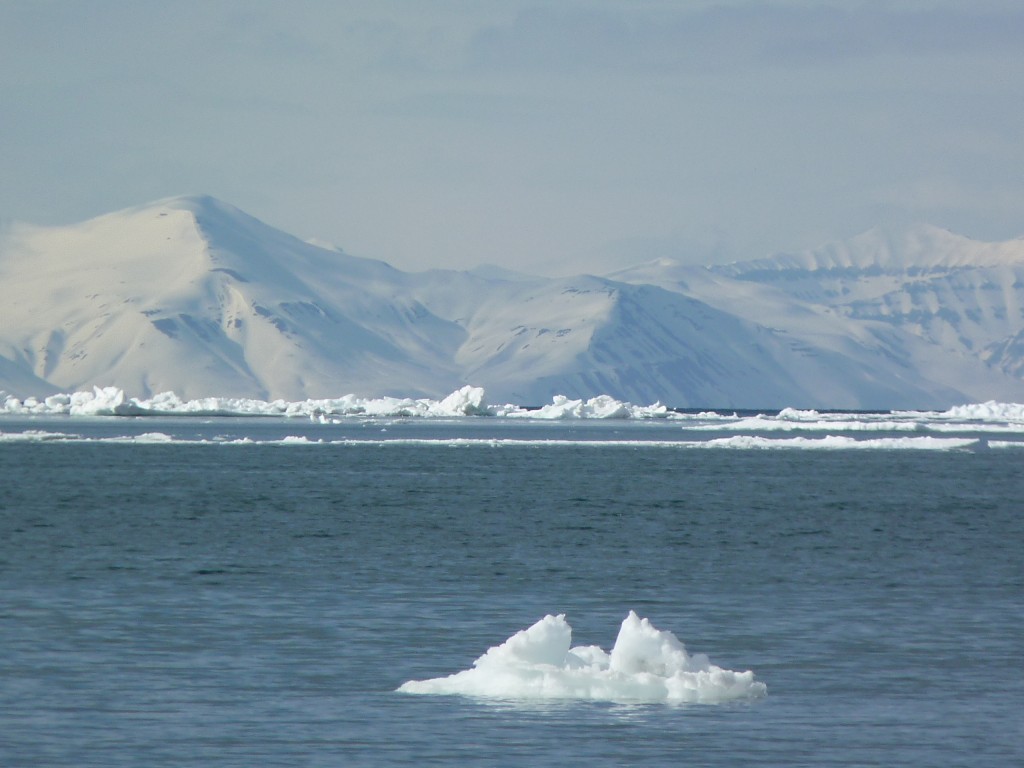
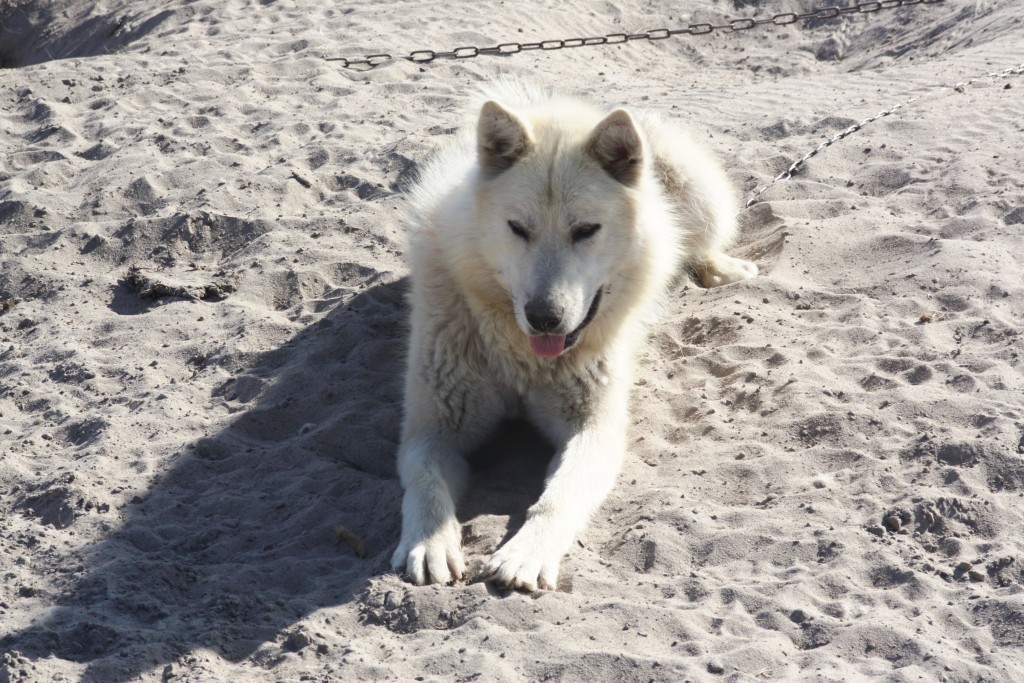
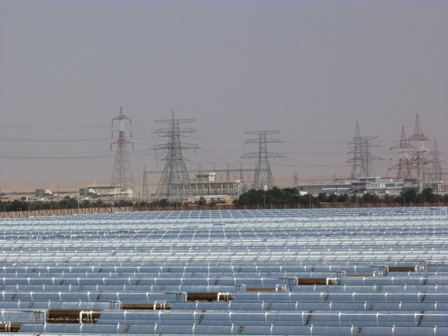
















Feedback